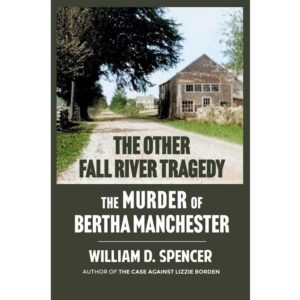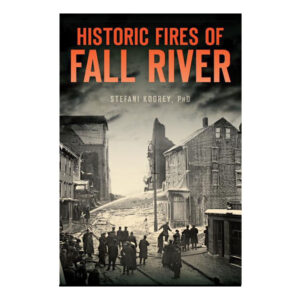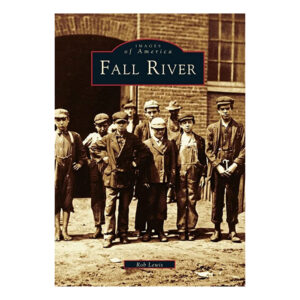Description
For such a relatively small stream, the history and impact of the Quequechan River on the Southeast region of Massachusetts, the United States, and the world is rather remarkable.
No other river can boast of all of the following: it has unique geologic characteristics; native tribes have used it for thousands of years; it has been the location of the full gamut of Colonial industries; it was the site of one of the significant battles of King Philip’s War; it is the backdrop of a poem by Henry Wadsworth Longfellow; it has its own witch legend; and it was the site of a battle with the British during the Revolutionary War.
In addition, it provided the power that initiated the textile industry in Fall River, and it later provided the process water for cooling the steam engines for textile mills, making the city the largest cotton textile manufacturing center in the country at the time and the largest in the world after Manchester, England.
In the Quequechan’s small valley there existed a thriving granite quarrying industry and along the river the conductors of the Underground Railroad ferried freed slaves to safety. In addition, the river’s lower falls powered both a major iron manufacturing center and a shipbuilding industry. At the river’s mouth, whaling ships moored and whale oil processed. The home pier of the great Fall River Line steamers was located where the river enters Mount Hope Bay. It is no exaggeration to say that the whole history of the northeastern United States, from earliest native tribal communities to the end of the industrial era, can be told through this river.
The Quequechan, however, is also an example of the environmental toll imposed on rivers during the Industrial Revolution and of the effort to undo that damage and make the river a focus of urban revitalization. Undoubtedly, without the Quequechan River, there would be no Fall River as we know it today. Even the name of the city is taken from the river’s falls.
This book’s purpose is to relate how the Quequechan River influenced the development of Fall River, from its beginnings as a Colonial village, through its emergence as a great cotton textile manufacturing center.
Softcover, 276 pp., illustrated; $20.00






Reviews
There are no reviews yet.